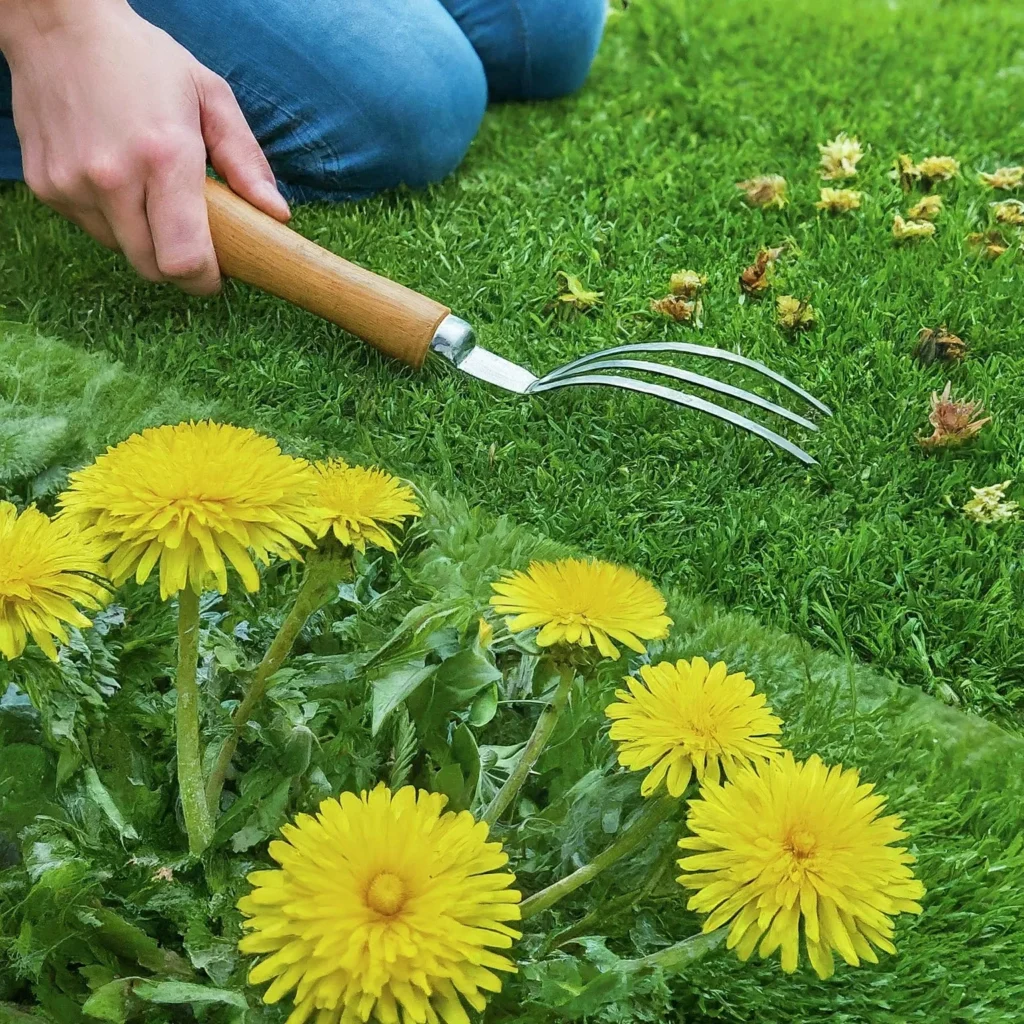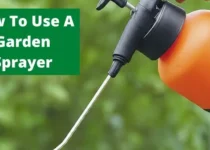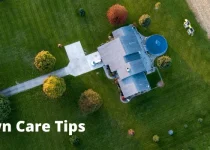How To Get Rid Of Dandelions?
A Guide to Eradicating Dandelions:
Dandelions, those ubiquitous yellow blooms that seem to appear overnight, can be a bane to any gardener’s existence. But before you reach for the herbicide, there are effective and environmentally friendly ways to tackle this tenacious weed.

Here’s a comprehensive guide to help you banish dandelions from your lawn and garden:
1. The Importance of Prevention:
- Healthy Turf: A thick, healthy lawn is the best defense against dandelion invasion. Regular mowing, proper fertilization, and adequate watering will create a competitive environment that makes it harder for dandelions to take hold.
- Seed Prevention: Dandelions spread primarily through seeds carried by the wind. Don’t let those puffy white seed heads mature! Remove them promptly, or better yet, mow your lawn before they reach that stage.
- Timing is Key: Dandelions are most vulnerable in the early spring when they are first emerging. This is the optimal time to apply preventative measures.
2. Manual Removal Techniques:
- Hand-pulling: This is the most eco-friendly method. Use a trowel or garden fork to loosen the soil and pull the entire plant, including the taproot, out of the ground. Don’t leave any root fragments behind, as these can regrow.
- Digging: For larger infestations, a garden fork can be used to dig out dandelions. Be sure to remove all the roots.
- Boiling Water: A more drastic, but effective, option. Pour boiling water directly onto the dandelion plant, ensuring the roots are completely saturated. This method kills the plant quickly.
3. Sustainable Chemical Alternatives:
- Vinegar: While not as effective as herbicides, vinegar can be used to control dandelions. Apply undiluted white vinegar directly to the plant, covering the leaves and stem thoroughly.
- Salt: While salt can kill weeds, it can also damage your soil. Use sparingly and avoid using it near plants you want to keep. Sprinkle salt directly onto the dandelion plant, avoiding contact with surrounding plants.
- Soap and Water: Mix a solution of dish soap and water. Apply this mixture directly to the dandelion, focusing on the leaves and stem. The soap disrupts the plant’s surface tension, leading to dehydration.
4. When Herbicides Are Necessary:
- Selective Herbicides: These herbicides target specific weeds, leaving your desired plants unharmed. They are generally safer for the environment than broad-spectrum herbicides.
- Organic Herbicides: These herbicides are made from natural ingredients, such as clove oil or vinegar. They are generally considered safer than traditional herbicides, but they may not be as effective.
5. Ongoing Maintenance:
- Regular Inspections: Keep an eye out for any new dandelion seedlings. Remove them immediately before they have a chance to spread.
- Mowing: Regularly mow your lawn to prevent dandelion seed production.
- Soil Improvement: Healthy soil is less susceptible to weeds. Add compost or other organic matter to your lawn to improve soil fertility.
Remember, consistency is key when dealing with dandelions. While each method has its pros and cons, a combination of approaches often proves the most successful. By utilizing these methods, you can reclaim your lawn and garden from the tyranny of the dandelion.



![Modern Landscape Design - 3D Walkthrough [30+ Ideas Included] 4 Modern Landscape Design](https://pushgarden.com/wp-content/uploads/2024/04/Modern-Landscape-Design-210x150.webp)